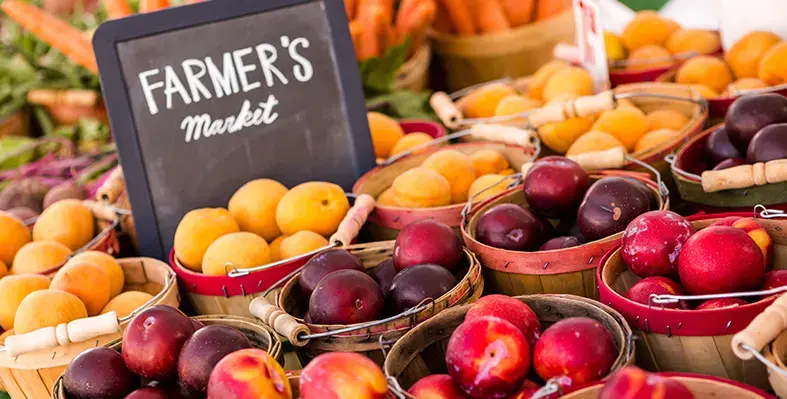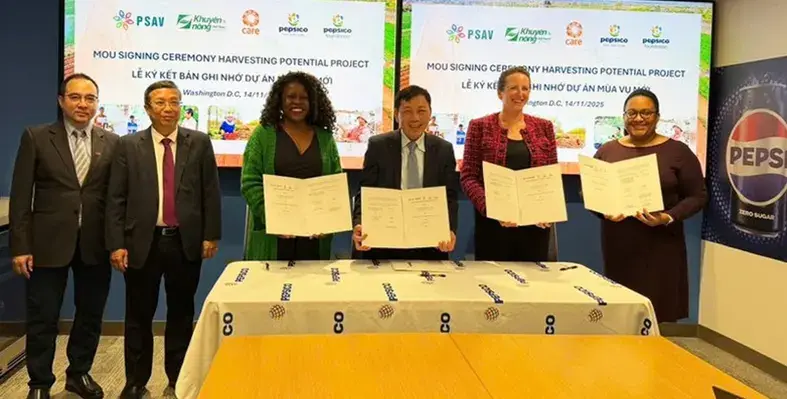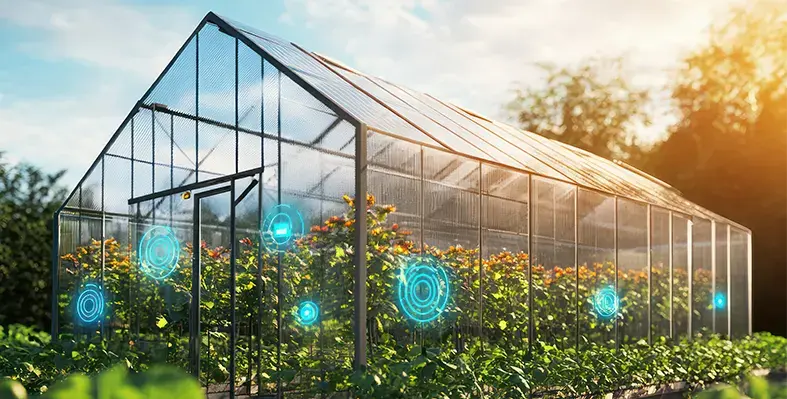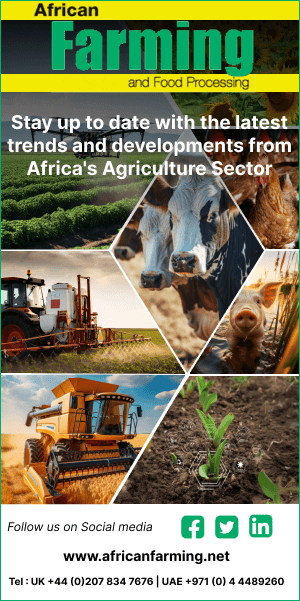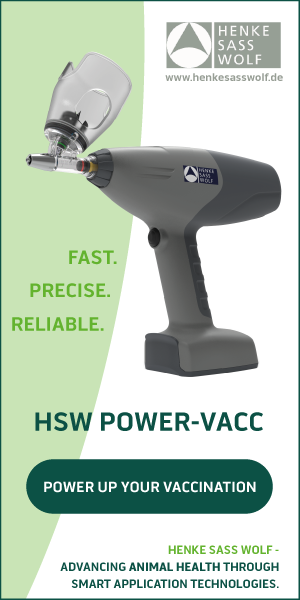Korea is taking a significant step towards safeguarding its agricultural sector with the introduction of a new, comprehensive crop disaster insurance scheme designed for four key fruit crops—apples, pears, sweet persimmons, and astringent persimmons.
Song Mei-ryeong, Ministry of Agriculture, Food and Rural Affairs, annouched this upgraded insurance product is set to launch first in major fruit-producing regions, offering growers stronger resilience against increasingly unpredictable weather patterns.
This new coverage model differs notably from existing insurance options. It provides protection throughout the entire growing season and includes damages that occur after fruit thinning, a stage where crops are often more vulnerable. By covering losses caused by natural disasters at every phase of cultivation, the policy aims to close long-standing gaps that farmers have struggled with under earlier schemes.
A major advantage of the new product is its inclusion of compensation for heatstroke damage triggered by heat waves after thinning—a growing concern as extreme temperatures become more frequent. The Ministry emphasises that this broader protection makes the insurance far more beneficial compared with traditional offerings.
Before the thinning stage, farmers will be eligible for compensation for all natural-disaster-related losses. After thinning, the insurance will cover damages linked to specific natural events. One notable feature is the continuation of the pilot anthracnose insurance for apple growers. This initiative supports farmers whose crops suffer anthracnose infections despite diligent prevention measures. Compensation is provided once the farmer’s control efforts have been verified.
The Ministry has also highlighted a clear threshold for certain claims: “When there is rain for 5 consecutive days and the accumulated rainfall is 150mm or more.” This measurable standard ensures fairness and clarity for farmers when submitting damage reports.
In addition to fruit-crop protection, the government is also adjusting insurance timelines for other major crops. Due to delays in sowing and transplanting caused by heavy rain, the subscription period for both agricultural income stabilisation insurance and crop disaster insurance for garlic and onions will be extended by one week. This extension aims to maximise participation and ensure that as many farmers as possible are covered during this challenging season.
By expanding the scope of agricultural insurance, Korea is reinforcing its commitment to building a more secure and sustainable farming environment—one where growers have the tools and support needed to face rising climate risks with greater confidence.



